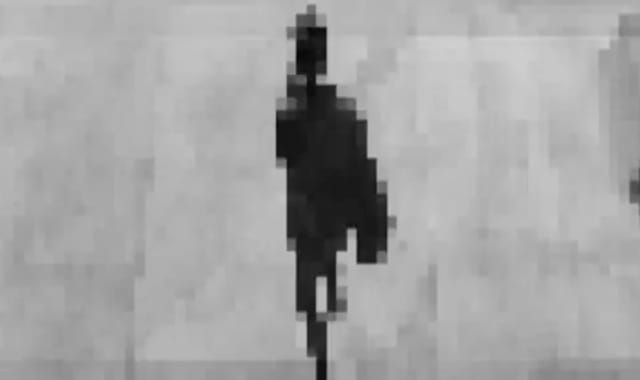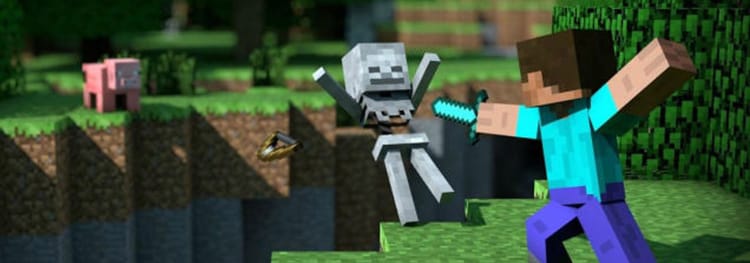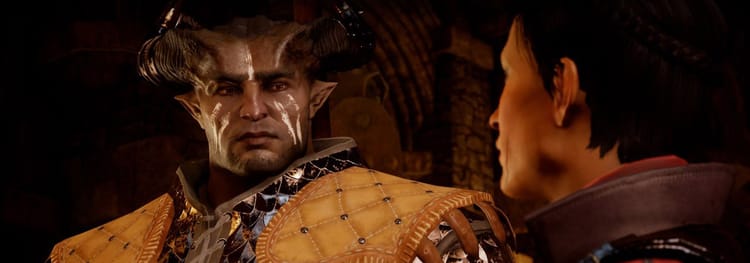Fitter, Happier

Thud.
This is probably the hundredth time I’ve run into a tree. Or a wall. Or some tangled bramble of something spiky and dangerous and highly unpleasant.
Crunch.
It’s a sickening noise, made even worse by the pitiful and confused shriek made by the man just moments before. Sprinting full-tilt, something went wrong and I slipped. He slipped. Again, death. But somehow never exhaustion.
Crash.
It’s a shrieking noise I’m not really sure how to type. Suddenly the building before me is gone. The ground below my feet—his feet—simply disappears and a title appears telling me that it’s game over, that I’ve fallen to my death. It begins again and I keep running—the music or machines never pausing or skipping a beat.
The thing I’m never able to buy about videogames is the sheer steadfastness of a character’s endurance in the face of physical labor. That’s what I thought until I recently bought my first smartphone. Since I learned how to download apps, I’ve been singularly obsessed with two games—Canabalt and Temple Run. A lot of ink has been spilled about how “casual” games (if there really is such a thing) and mobile platforms are transforming the game industry today. But what strikes me about these games is the corresponding singularity of their focus. Many blockbuster videogames today are marketed for their allegedly infinite possibilities. In Canabalt and Temple Run you can do one thing: run.
Each of these games operates less from a real sense of story than a suggestion of a narrative. Temple Run is little more than an endlessly long expansion of that scene from Raiders of the Lost Ark where Harrison Ford runs away from the boulder (except instead of a boulder it’s a bunch of angry spirit-chimps that are chasing after you). Canabalt, by contrast, sort of feels like the early scenes of The Matrix or The War of the Worlds. Something bad is happening and it involves giant evil robots. You’re not sure why you’re running, or where you’re supposed to go. In both, you just keep going. Instead of words, there are only frantic footsteps and the occasional grunt of effort.
/ / /
Lately I’ve been running in real life too. I’ve had a lot of reasons for running in the past—because I was bad at anything else remotely resembling a team sport, to relieve stress, to fight and later support my smoking habit. Today, I’m running because I recently realized I have something of a problem with compulsive eating. I admire those steadfastly determined men in videogames who are unhindered by the physical temptations of junk food.
Counting calories was probably the purest form of “gamification” before gamification was even a word. It’s impossible to talk about food without talking about fat. Weight Watchers made us all our own Dungeons & Dragons characters—pet projects we could do before and after work or over the weekend, progress we could chart with discrete elements and values. Distance became an abstract, ever-increasing value, lower weight a standard to which you could always repair. In his book Fat: A Cultural History of Obesity, Sander Gilman argues that the contemporary predilection for compulsive diagnosis and addictionhave forced fatness to be understood as a failure of will—an inability to stop stuffing one’s face, a lack of awareness about the size of your waist or the horror of your appearance.
Games, in contrast, present quantifiable and controlled environments in which the body can finally be controlled. A diet regime like Atkins or the more recent protein-heavy, four-hour makeover of Timothy Ferris promises demonstrable results if you impart yourself with the same singular resolve as a work of fiction. Nike made the connection with gaming more explicit with its revolutionary Nike+ campaign that pushed all amateur athletes to compete with each other in virtual space beyond their own exercise.
I first started to exercise seriously when I was studying abroad in Amman, Jordan, a culture with decidedly foreign notions of personal privacy and where I shared a room with a teenager who spent roughly 16 hours of every day playing a bootlegged version of Warcraft III with the shutters locked and lights turned off. My time running was the only time, I realized, when I would really be alone.
It was comforting because it was exceedingly simple: there was nothing to consider except time and distance.
After that, I started spending as much time as I could every day at the gym. I ate almost entirely rice, hummus, and fava beans, and I absorbed the local Middle Eastern custom where every man over the age of 12 smokes about two packs of cigarettes a day. By the time I got home I was emaciated. Pictures from a trip I took to Egypt make me look gaunt and skeletal. By that time, I had been traveling for almost six months. I was homesick. There were few close friends within a thousand miles, and I was not exactly in a position to meet new dates. I was interviewing men for a story that was so personally troubling I could barely sleep.
So I ran two to three hours every day, until my shirt was heavy with sweat and my hands and face were slippery. It was comforting because it was exceedingly simple: there was nothing to consider except time and distance. I wasn’t exactly competing as much as I was simply pushing my body against the sole barrier of its own exhaustion.
This almost zen simplicity is the thing about running that these games understand so well. There are basically two movements—all that changes is the timing. For once, the simplicity of the touchscreen makes perfect sense. You can swipe to jump. In Temple Run, you may have to turn and duck. But that’s pretty much it. Control is increasingly snatched from you as your character pitches forward at an unrelenting pace.
Jamin Warren recently criticized role-playing games on this site for being little more than “a war of attrition”—the implication being that other types of games required actual tangible skill to complete, rather than solely hours sat in front of the screen. But that’s exactly what I find strangely rewarding about these games. “Success” is less a question of ingenuity than simple endurance. Actually, success in the traditional sense of reaching a clearly demarcated point of victory isn’t even possible. To play a game like Temple Run is to always be rolling the boulder up the mountain. It turns you into Sisyphus, your phone into your own personal Hades.
And that’s ultimately what exercise is about. Any “gamified” elements only occur around the margins, as if to inscribe borders and limits on an ultimately unquantifiable process. You track your distance, but the part that’s captivating is simply the act of running itself, if you can do so gracefully. Describing his experience with Zombies, Run!, Richard Clark ultimately found that being single motivated him to exercise and eat well more than pretending a horde of virtual zombies were chasing him ever could. That seems obvious, but it flies in the face of gamification’s assumption that games make everything more fun than real life can. Maybe, as Lana Polansky argues, practice has to be its own reward. Can I say I’ve “won” if I can walk the eight flights of stairs to my apartment without breaking a sweat? Or is being alive the ultimate win condition? Now I just sound like a motivational speaker.
That’s the beautiful simplicity of a game like Canabalt or Temple Run, the experience of running for its own sake. Games don’t present a lot of good role models, but I’m strangely inspired by these men’s sheer persistence. At first I thought these games were ridiculous for how they present physical struggle. The nameless sprinting men get faster and faster while my running self can only slow down. But it’s not really they that speed up as much as the world around them. The lonely treasure hunter has to make more sudden turns, avoid more booby traps. Buildings in Canabalt disappear at an alarming rate. My feet get sore and my knees start to burn. Eventually, we all have to stop and rest.
Image via mojdelatorre



